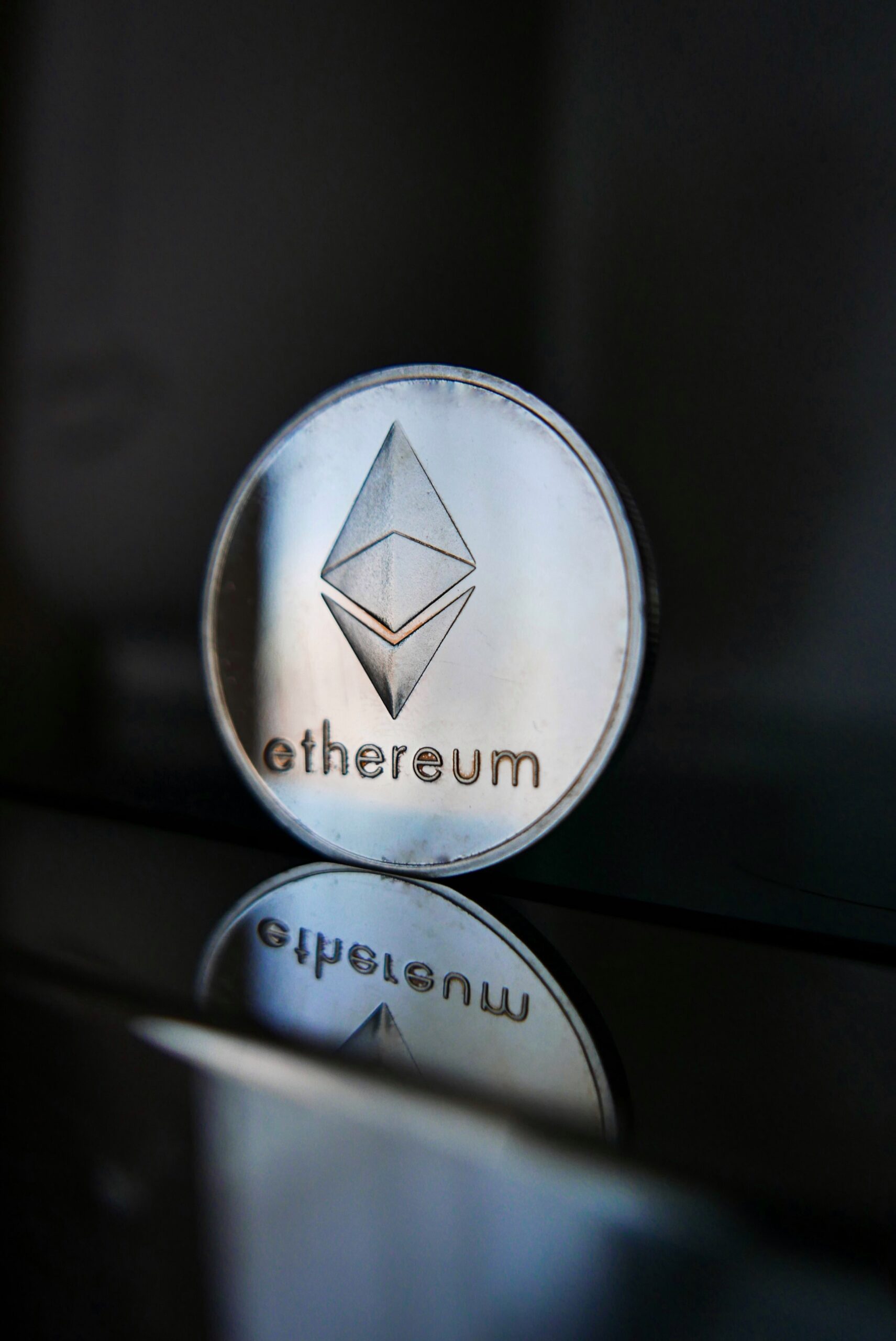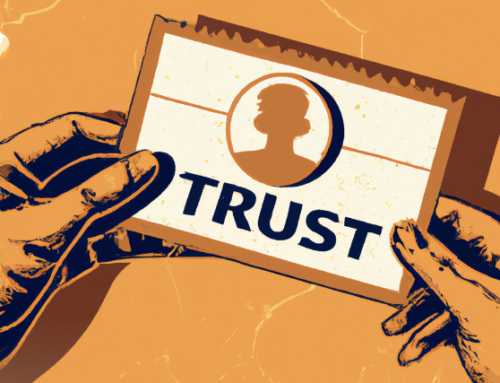by Deniz Ataman, past Managing Editor, Perfumer & Flavorist Magazine and Conference Director, World Perfumery Congress
With the evolution of non-fungible tokens (NFTs) in marketing strategies, loyalty marketing is seeing a new wave of customer retention and attraction with the rise of Web3. As the intersection between customer preference and technology continues to evolve, NFTs have the potential to further enhance the relationship between brand and customer.
Where loyalty programs once focused on receiving tangible goods through tactics like discount codes, exclusive offers, gifts and rewards or referral programs, NFTs represent a more curated loyalty program where both brand and customer can benefit. In this article, we’ll take a look at four ways NFTs subvert traditional marketing strategies into an immersive, experiential tool that has potential to retain customers and grow a brand’s audience outside of traditional means.
From Web 1.0 to Web 3.0
Any kind of strategy designed to retain customers through incentives is a form of loyalty marketing. Now that NFTs have evolved into a commercial name since their advent in 2014, we’re seeing how marketing has changed from the early days of Web1.
The primary driver behind Web1’s marketing efforts was through building recognition and driving traffic to websites. From there, the development of Web2 spearheaded marketing efforts driven by building engagement and building customer relationships through social media and targeted ads. Now, in the early days of Web3, we’re seeing how marketing has potential to evolve further as a tool to drive authenticity, trust, transparency and ownership—which is where NFTs and its digital home, the blockchains, come into play.
Luxury brands in particular have initiated various audience engagement strategies in the decentralized Web3/metaverse by minting NFTs that hold value beyond access to a physical product. From exclusive merchandise releases, community engagements to special events, brands have an opportunity to develop customizable experiences for their customers as NFTs represent more than just profit for the brand, but also ownership for the customer. Through NFT marketplaces where users can buy, sell and create their own digital tokens, the success of a brand allows for NFT users to experience that growth as well.
NFT Market Size Sees Steady Growth Through 2028
A quick snapshot of the global NFT market size indicates steady growth from its current value of $3.0 billion in 2022 to $13.6 billion in 2028 with a compound annual growth rate (CAGR) of 35.0%. While the Americas hold the highest market share, this could quickly evolve to more regions adopting it as industry giants’ efforts toward pushing the metaverse into the mainstream opens opportunities in retail, fashion, music, art and other consumable goods.
Another driver behind this growth is NFT customization. Customization is nothing new, particularly in Web2 as personalized ads and marketing tools have allowed for brands to capture consumer engagement and attention through social media channels like Facebook’s umbrella brands. Brands developing loyalty strategies using NFTs have an opportunity to reframe their relationship with consumers without a platform, allowing for more freedom to foster consumer engagement and retain loyalty.
Utility, Access and Social Currency
In Web3Pro’s whitepaper, “7 Ways NFTs Can Transform Your Brand Marketing,” we explore how NFTs hold three distinct values: utility, access and social currency, according to web entrepreneur and digital marketing futurist Gary Vaynerchuk. As we’ve seen with more luxury brands, the utility behind NFTs allows for ownership of digital items that represent value like rewards, future discounts or additional exclusives that are unavailable to non-NFT holders.
Access is where the experiential aspect of NFTs comes in—whether its special events, programs, invitation-only content or VIP/membership privileges—this digital ticket gives users a close-up event experience that allows them to engage with brand leaders and ambassadors first-hand.
In our current Web2, social media currency looks like a user’s bio, media, likes and number of followers to convey their public image on a public platform. Whereas in Web3, social currency or status is shown through the digital tokens a user holds in their public NFT wallet.
In other words, NFTs can be seen as a multifaceted marketing tool, allowing brands to define its relationship more clearly with its customer, and with more flexibility.
NFT Loyalty Marketing Strategies
- Authentication
- Building community
- New revenue streams
- Personalization and exclusivity
Authentication of a Product
Particularly in the luxury product space, counterfeiting is all too common. The total value of counterfeit products is an estimated $4.5 trillion–a stark contrast from the total value of legitimate luxury goods on the market, an estimated $317.4 billion. Fake luxury goods comprise between 60-70% of the total, with most transactions taking place online due to anonymity of sellers. It’s clear authentication of products and marketplaces is a problem.
Because NFTs live on the blockchain, each transaction is tracked on a public ledger allowing for transparent ownership of an original item, tangible or intangible. One industry that is rife with counterfeiting is the fragrance industry, for example.

Due to IP protections, fragrance houses that develop fragrance formulas are not required to print full formulas on labels. Counterfeiting is a common occurrence in fine fragrance in particular.. It’s unlikely that counterfeiters have access to high tech equipment like a gas chromatograph (a digital “nose” that separates, identifies and quantifies perfume content); but creating a duplicate fragrance to a popular brand is still quite achievable using cheaper, but similar smelling materials.
Chanel No. 5 is one of the most commonly replicated perfumes due to its global recognition and mass appeal. One of the challenges in the fragrance industry is authenticating a fragrance formula as there are thousands of duplicates sold in brick-and-mortar and online stores. NFTs and fragrance are a particularly interesting intersection as there is potential to create more transparency for consumers who seek a legitimate perfume from a brand.
One example is Look Labs’ NFT release which features a digital reflection of its perfume, Cyber Eau de Parfum. The NFT artwork features a waveform chart which was created using a near-infrared spectroscopy (NIRS) that measures the molecular vibrations of physical objects to quantify the wavelengths of the fragrance formula, bottle and label. This unique reading of a perfume details the molecular composition of the whole perfume, combining scientific raw data with art to create a unique NFT, while also solidifying the perfume’s authenticity. The implications for a product even as ethereal and subjective as fragrance is its potential reduction in counterfeiting formulas. This gives customers more reason to engage with a brand, while strengthening the brand’s positioning as a transparent producer.
Building Community
Although it’s a digital asset, NFTs represent an opportunity for brands to engage with a global audience. A multifaceted marketing tool, NFTs offer potential to build an audience outside of traditional marketing means. Whether it’s through special events where users can gather in-person or in the metaverse, or through unique products that are only available to NFT holders, brands have an opportunity to curate engagement by creating value to an NFT that resonates with their mission and their audience’s interests.
The success of an NFT is based on the associated community, rather than a set price. In other words, the value of an NFT is based on the success of the brand. Traditional loyalty programs put the financial success on the side of the brand. If we look at airline loyalty programs, the consumer holds perks like shorter wait times to board or access to a lounge, but ultimately, it’s the airline that’s making money. In contrast, when a consumer purchases an NFT from a brand, they have a stake in the brand’s success.. When an NFT’s value rises, both owner and brand benefit.
Brands that focus on creating NFTs as collector items (like trading cards) breed a deeper sense of community. After all, it’s a digital commodity like artwork, music, photography, fashion, multimedia or online games that brings people together under a common interest.
Bud Light’s “N3XT” collection of NFTs, for example, allows owners “access to exclusive benefits including voting-rights on future initiatives (like brand merch), rewards and surprises.” The brand also grants owners the opportunity to participate in its Discord server. This is an excellent example of how a brand uses NFTs to curate a digital community of ambassadors, advocates and fans to create a shared desire to redefine the light beer category.
Another example, The NFT project, Adam Bomb Squad by The Hundreds, is comprised of 25,000 individual combinations of bombs and unique backgrounds. The project garnered significant popularity with users collecting these unique NFTs which also granted them exclusive membership access to the community. The Adam Bomb logo was featured in streetwear, films, award shows, billboards and even fan tattoos. Its next iteration evolved into NFTs where collectors were granted access to exclusive products, events and community chats from users around the world.

New Revenue Streams
NFTs can offer a new user experience while brands can increase their awareness and improve engagement. Whether it’s monetizing ads by turning them into NFTs or creating excitement before an event or early access to product launches, NFTs create a new revenue stream for brands either through selling digital goods or as a complement to a tangible offering.
A revolutionary aspect of NFTs that has potential to change how digital media is distributed and monetized is removing platforms, where digital media is currently monetized. Whether it’s ad-supported or subscription-based, these platforms serve as the intermediary between creator and consumer, and make their money as the distributor. NFTs allow for a more creator-driven media model powered by smart contracts (“self-executing contracts with the terms of the agreement between buyer and seller being directly written into lines of code”) that give creators of these digital assets direct profit.
By implementing a new revenue stream via NFTs, brands have more leverage and flexibility in their marketing strategy without having to “pay the piper” to promote their goods and services. This direct to consumer model is nothing new; however with NFTs, because of blockchain powered smart contracts that allow users to own a piece of the brand, the relationship between brand and audience is intrinsically linked.
Personalization and Exclusivity
Perhaps to the chagrin of consumers, customized ads are nothing new in digital media. Brands are at the mercy of a platform’s algorithms to ensure their ads are viewed by as many people as possible.
Personalization and customization of products for consumer product goods (CPGs) have paralleled the rise of direct-to-consumer models where consumers want goods that work for their specific needs, rather than a catch-all product, and without having to pay higher prices from a distributor. NFTs are no different in that by design these digital assets are unique to each owner and can be purchased from the NFT marketplace with crypto currency that’s instantly added to a crypto wallet. No middleman.
How does this play into loyalty marketing? Let’s look at fragrance again as an example. Let’s say a fragrance brand releases an NFT that gives exclusive access to a limited edition fragrance blended to fit a customer’s interests after filling out a scent quiz. NFT holders will also have access to a future event that allows them a meet-and-greet with the perfumers who developed that scent, plus pre-orders to perfumers’ own launches, giving NFT owners an ongoing interaction with the brand. The combinations are endless when it comes to curating the NFT experience, the trick is understanding exactly what customers want and anticipating their needs to retain their loyalty.
A Burgeoning Marketing Tool
What’s important to note about NFTs is its smart contract with metadata which allows for brands to interact with their customers. Those holding these tokens can have exclusive access to a wide range of offerings—from limited edition products to experiences.
Loyalty marketing and NFTs are still in its early stages as we’ve seen how it can be used to build community, promote limited edition offerings and strengthen customer engagement from these early adopters. It’s an exciting time to lean into a new era of marketing where NFTs have potential to serve as a multidimensional, flexible and precise tool to not only include consumers, but invite them to participate and reap the benefits of a brands’ success.



